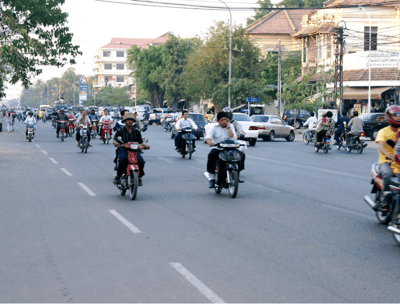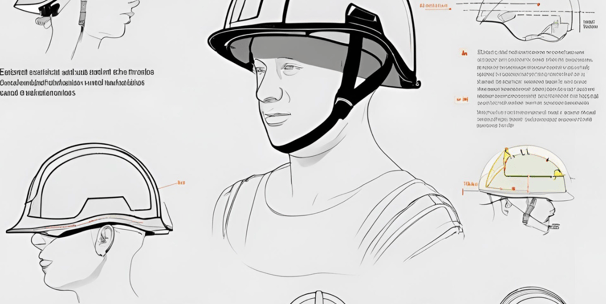
The impact of Not Wearing Helmets






Over 70% of road traffic injuries are preventable with proper helmet use (WHO)
Helmet use among motorcyclists in Cambodia is below 50%, with rural areas having a significantly lower rate of helmet use compared to urban areas (Asian Development Bank, 2020).
In 2018, a study conducted in Phnom Penh found that 80% of people hospitalized for motorcycle accidents were not wearing helmets (Cambodian Ministry of Health).
In 2019, Cambodia recorded 2,666 road traffic deaths, and approximately 50% of fatalities involved motorbikes (World Health Organization, WHO).

Road Traffic Accidents in Cambodia
Road Traffic Accidents in Cambodia


Road Traffic Deaths in Cambodia (2019): 2,666 deaths.
Percentage of road traffic deaths related to motorbikes: 70%.
Helmet use rate for motorcyclists in Cambodia: 48% .
Fatalities in children and adolescents (aged 5–19):
In 2019, road traffic injuries were responsible for 21% of all deaths in this age group.
In 2019, road traffic injuries were responsible for 21

Helmet Standards and Certifications
What Makes a Safe Helmet?




Helmet Standard
DOT (Department of Transportation): U.S. standard ensuring the helmet can withstand impact and is durable.
ECE (Economic Commission for Europe): European standard known for its stringent safety requirements.
SNELL Memorial Foundation: Known for more rigorous testing than other standards, often used for high-risk motorsport helmets.
Key Features of a Safe Helmet:
Material: Polycarbonate or fiberglass for impact absorption.
Strap: Must have a secure, adjustable chin strap to ensure the helmet stays in place during an accident.
Fit: Should be snug but comfortable; it should not move when you shake your head.

The Benefits of Wearing a Helmet




Legal Compliance:
Many countries, including Cambodia, have strict helmet laws, and wearing one avoids fines and legal issues.
Reduction in Fatalities:
Wearing a helmet can reduce the risk of fatal head injuries by 40% (National Highway Traffic Safety Administration, NHTSA).
Prevention of Head Injuries:
Helmets reduce the risk of head injuries by up to 85% (WHO).
Social Responsibility:
Wearing a helmet sets a positive example for peers and younger students.
